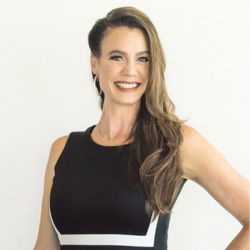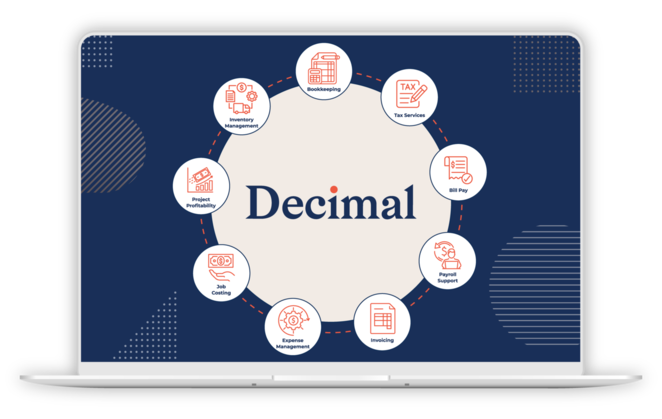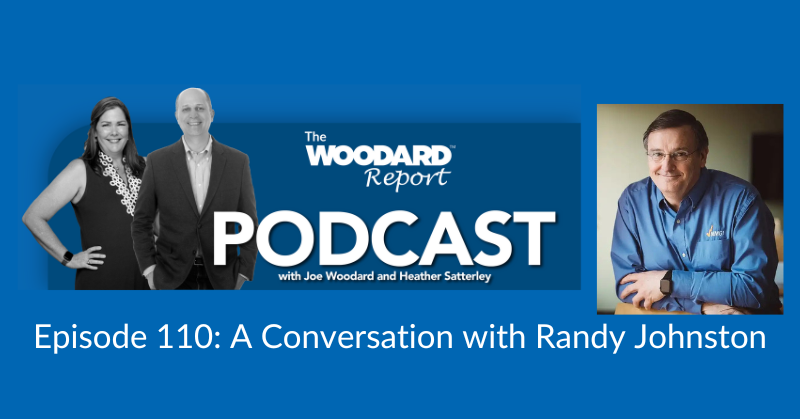Editor's Note: This article was co-written by Samantha Hallburn and Candy Bellau
Let’s be real. Most of us started our firms by saying yes to everybody. Every client, every request, every software platform we’d never used before. If you asked us to reconcile your five-year-old QuickBooks file while we sat on your couch and you held your baby, we probably said, “Sure, I can do that.”
We were hungry. We were building. Also, let’s be honest we didn’t totally know what we were doing.
Eventually though, the cracks start to show. You’re stretched too thin. You’re undercharging. You’re taking calls from people who drain you. One day, you realize: it’s not that you hate your work you just hate who you're doing it for.
That’s where niching comes in.
We gave a talk at Scaling New Heights called Nailing Your Niche, and it was basically a workshop on how to stop people-pleasing and start building a business that actually supports your life. We’re sharing our best takeaways here, so you can do the same.
Start with “no”
(Seriously. Your no list is your best friend.)
If the idea of “niching” feels overwhelming, don’t start with what you want. Start with what you don’t want. What don’t you want to do anymore? What makes you roll your eyes when a client asks for it?
Here are a few of our personal no’s:
- No family-run businesses where the wife is doing the books but hates you for fixing them.
- No international clients. (The tax mess alone...nope.)
- No more calls that start with “How much do you charge?”
- No inventory. No manufacturing. No third-party apps we’ve never heard of and don’t want to learn.
Your no list gives you clarity and gives your team clarity. Because when you’re clear about who you don’t serve, you stop wasting time on sales calls with the wrong people. You stop bending your systems to fit every unique situation. Also, you stop resenting your work.
Then build your “heck yes”
(Don’t feel bad if it takes a few “ugh never again” experiences to figure it out.)
Your ideal clients usually reveal themselves after you've worked with a few not-so-ideal ones.
Candy once thought she’d specialize in husband-and-wife businesses. “I felt like I was saving marriages while reconciling their books,” she joked. Until it became too much. “I couldn’t keep being the marriage counselor and the bookkeeper. That’s not what they were paying me for.”
Sam loved startups and helping the little guy get off the ground. She did anything and everything. “You name it, I did it. Eventually, I realized, these clients could not pay and were not sustainable. I began to hate all of it.”
So how do you figure out your yes?
- Think about your favorite clients. What do they have in common?
- What industry are they in?
- What’s their revenue range?
- How do they talk to you?
- Do they value your expertise—or just want cheap labor?
You can start small. Maybe your yes is: “Contractors who use QBO and actually pay their bills.” Cool. That’s something.
Know your niche is going to evolve
(You’re not locked in forever.)
We both changed directions more than once. Candy started out wanting to help mom-and-pop shops. She did until she couldn’t cover her overhead. Now, her sweet spot is businesses between $1M and $10M in revenue.
Sam used to do free diagnostics. (LOL.) Now she charges $2,000 to look under the hood and won’t quote a job without reviewing tax returns and financials.
Niching is not about sticking to one thing for life. It’s about being intentional right now.
Use tech (like ChatGPT) to build a client avatar that actually helps you
Once you’ve figured out who your people are, start talking directly to them. One of our favorite tools? ChatGPT. We walked attendees through how to create a client persona (aka "Bob") that includes:
- What Bob worries about at 3am
- What software Bob uses
- What Bob wants from a service provider
- Where Bob hangs out, shops, and spends money
You can use that persona to:
- Rewrite your website copy
- Create blog posts or email sequences
- Develop a lead-vetting quiz
- Build a welcome packet that sets expectations from day one
What if Bob stops being your ideal client? You can just start a new thread. No drama. Just pivot.
Pro tip: you don’t have to market to your end client
This was one of the biggest mindset shifts for us.
Candy doesn’t market to business owners directly anymore. She focuses on building relationships with CPA firms, tax advisers, brokers, and attorneys. Why? Because they already understand her value. They already have the clients. And when their clients hit a wall, need to prep for an audit, raise money, or get investor-ready, they send them her way.
Samantha has a similar approach. She partners with project management software companies who refer her to contractors with messy books. They already know their customers are stuck. She gets to come in as the solution.
Final thoughts
If your firm feels too heavy, too scattered, or too frustrating right now, ask yourself: is this really about the work? Or is it about who you’re doing it for?
Niching doesn’t mean saying no to money. It means saying yes to peace. And sustainability. And joy.
You don’t have to do it all at once. But you do have to start.
We’re cheering for you.
Sam & Candy
.png?width=150&height=63&name=TWRlogo-regmark_blueblack%20(1).png)
.png)










Do you have questions about this article? Email us and let us know > info@woodard.com
Comments: